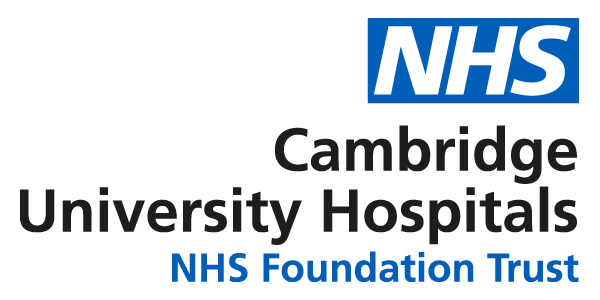Who is the leaflet for? What is its aim?
This leaflet is for patients who have either had an injury to their wrist or are experiencing weakness in their wrist. The aim of this leaflet is to provide exercises to help maintain or improve the strength and stability of your wrist joint.
Isometric exercises involve contracting or tightening the muscles, but not actually moving the wrist. Your other hand provides resistance to stop your wrist from moving, while you push against it.
Try to ensure that these exercises are all completed within a pain-free range. If any of the exercises cause pain, try lessening the effort put in by 50% and build up from there.
The anatomy of the wrist tendon-muscle units is demonstrated below. The exercises focus each movement to each individual tendon-muscle unit.



1) Abductor pollicis longus (APL)
Rest your affected hand on the table in a ‘handshake’ position.
Apply resistance to the side of your hand at the bottom of your thumb.
Try to bend the wrist up to the ceiling but do not allow it to move.
______ repetitions
_______ times per day
______ second hold

2) Extensor carpi radialis longus & brevis (ECRL & ECRB)
Rest the affected arm on the table with your palm facing down, fingers bent.
Use your other hand to resist the movement of pulling your wrist up towards the ceiling so that it does not move.
You should resist on the thumb side of the wrist.
______ repetitions
______ times per day
______ second hold

3) Extensor carpi ulnaris (ECU)
Rest the affected arm on the table with your palm facing down, fingers bent.
Use your other hand to resist the movement of pulling your wrist up towards the ceiling so that it does not move.
You should resist on the little finger side of the wrist.
______ repetitions
______ times per day
______ second hold

4) Flexor carpi radialis (FCR)
Rest your affected arm on the table with your palm facing up.
Use your other hand to resist the movement of bending your wrist up towards the ceiling so that it does not move.
You should resist on the thumb side of the hand.
______ repetitions
_______ times per day
______ second hold

5) Flexor carpi ulnaris (FCU)
Rest your affected arm on the table with your palm facing up.
Bend your wrist up towards the ceiling resisting with the other hand so that it does not move.
You should resist on the little finger side of the hand.
______ repetitions
_______ times per day
______ second hold
Contacts / Further Information
The Occupational Therapy Department is in clinic 30 in the Addenbrooke’s Treatment Centre (ATC). The Occupational Therapy reception telephone number is 01223 216769.
References / Sources of evidence
- DeMott, L (2017). Novel isometric exercises for the dynamic stability programs for thumb carpal metacarpal joint instability. Journal of Hand Therapy. 30: 372-375
- Lee, M. LaStayo, P. (2011). Ulnar Wrist Pain and Impairment: A Therapist’s Approach to the Triangular Fibrocartilage Complex. In: T Skirven, Rehabilitation of the Hand and Upper Extremity. 6th Ed. Philadelphia: Elsevier, 974-987.
- Tiedeken, N. Baratz, M. (2016). Ulnocarpal Impingement and Triangular Fibrocartilage Complex Tears. Operative Techniques in Sports Medicine, 24 (2), 131-138.
We are smoke-free
Smoking is not allowed anywhere on the hospital campus. For advice and support in quitting, contact your GP or the free NHS stop smoking helpline on 0800 169 0 169.
Other formats
Help accessing this information in other formats is available. To find out more about the services we provide, please visit our patient information help page (see link below) or telephone 01223 256998. www.cuh.nhs.uk/contact-us/accessible-information/
Contact us
Cambridge University Hospitals
NHS Foundation Trust
Hills Road, Cambridge
CB2 0QQ
Telephone +44 (0)1223 245151
https://www.cuh.nhs.uk/contact-us/contact-enquiries/

